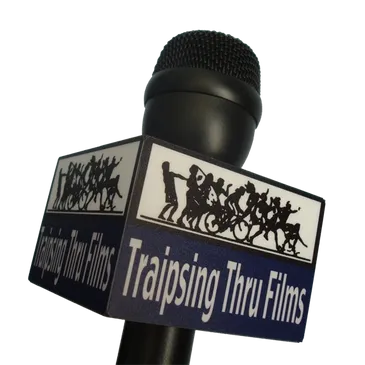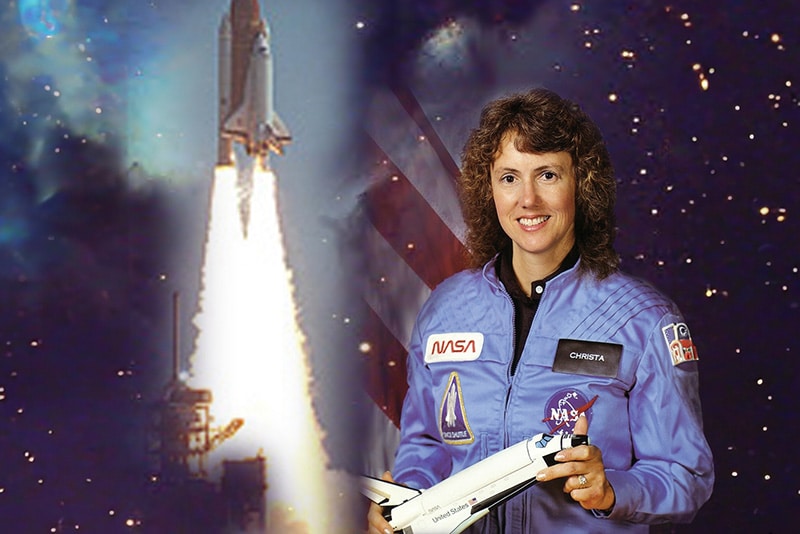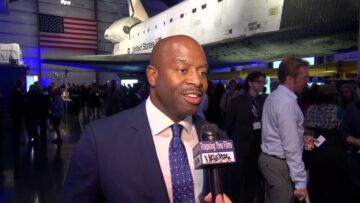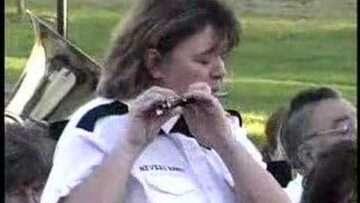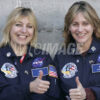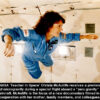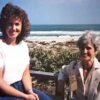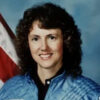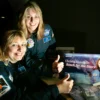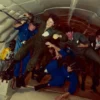Traipse Thru with Renee Sotile & Mj Godges 🦄 Two EMMY Wins: Film DIRECTORS, Hollywood REPORTERS, ACTIVISTS
“A compelling and honest account of Challenger 51L’s “Teacher in Space” mission. An inspiring tribute to a true American Hero.” Buzz Aldrin
“A riveting and unusually moving story, told from the inside. It is made uniquely affecting by the use of Carly Simon’s music, a favorite of McAuliffe’s.” Ken Burns
“An outstanding tribute to an extraordinary woman, this is highly recommended. Editor’s Choice.” Video Librarian
“Moving documentary and tribute…serves to motivate and inspire.” Booklist
“Celebrates the extraordinary life of the first teacher in space and her legacy. Recommended for all collections.” Library Journal
Broadcast on CNN
Directed/Produced By Renee Sotile & Mary Jo Godges
Narrated by Academy Award winner Susan Sarandon
Songs by Grammy winner Carly Simon
In 1986, space shuttle Challenger exploded, traumatizing the nation and taking the lives of the seven-member NASA crew. Among them was Christa McAuliffe, the first Teacher in Space. Reach for the Stars is her story.
In this film, for the first time McAuliffe’s family speaks out about the impact of her death, revealing the deep private loss behind the public tragedy and how it drastically altered their lives.
Previously unseen footage and candid NASA interviews surround the events that tore a family apart and brought a nation to tears.
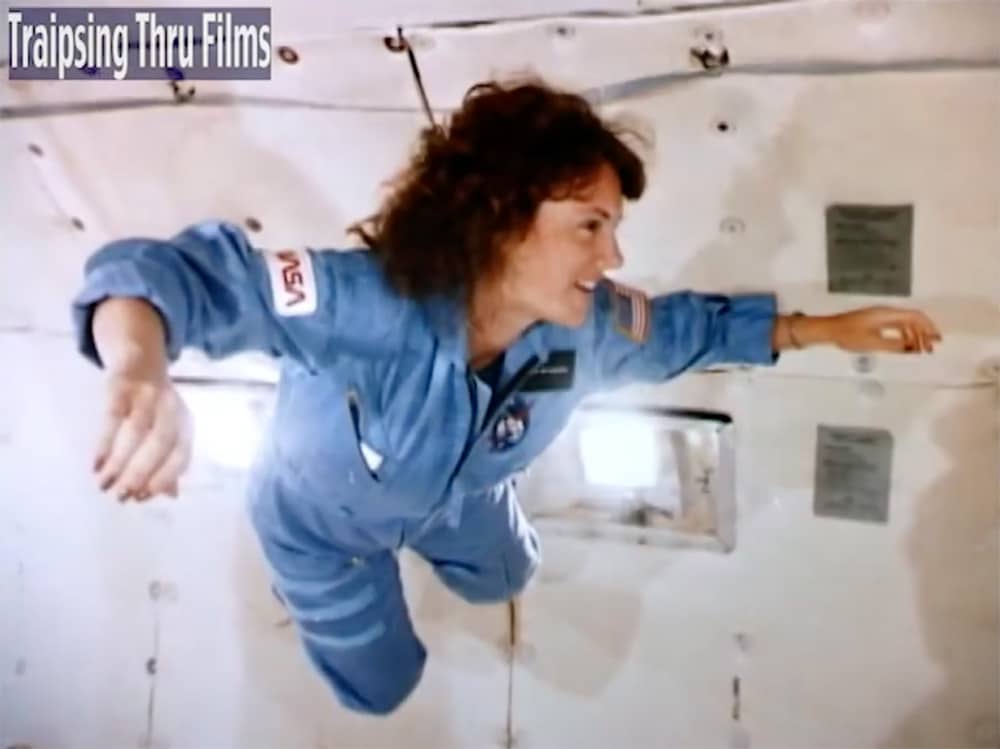
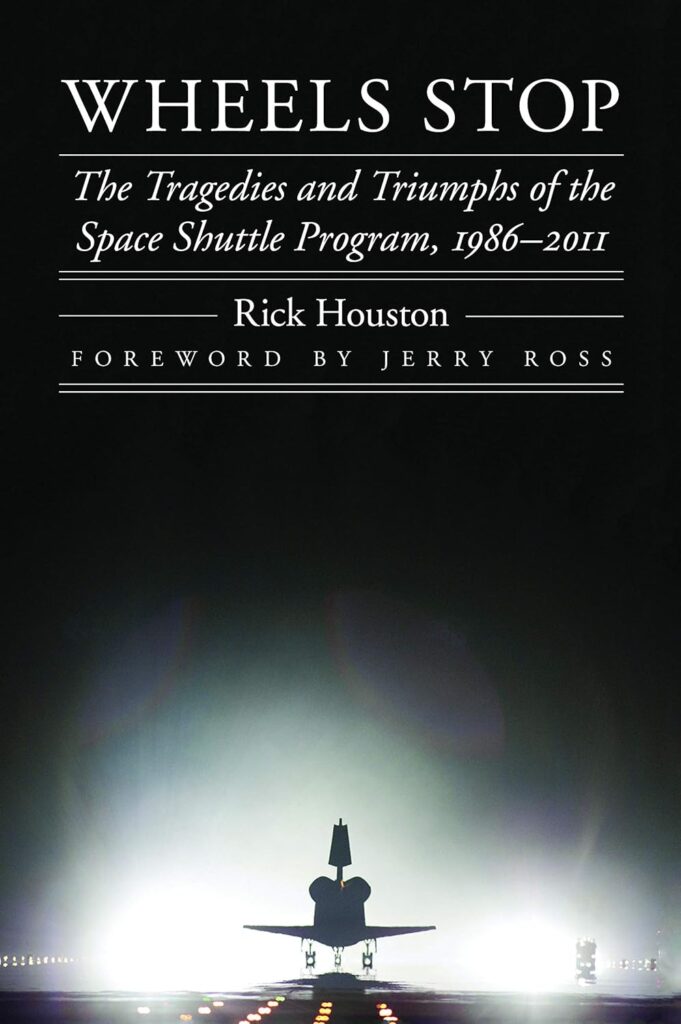
Featured in the book:
Wheels Stop: The Tragedies and Triumphs of the Space Shuttle Program, 1986-2011
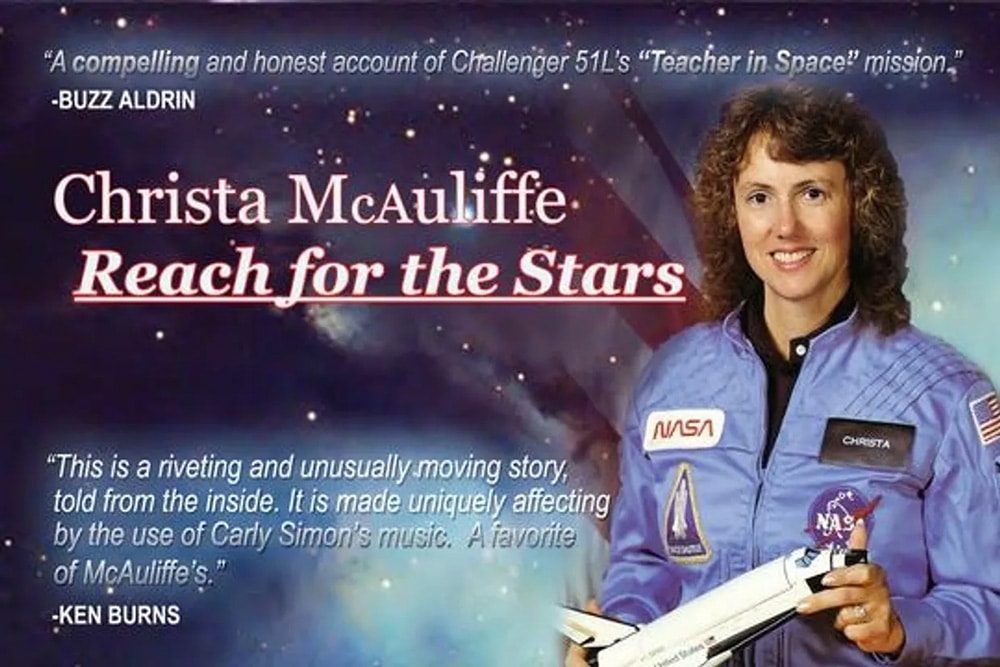
TEACHER’S GUIDE: Overview
In 1986 space shuttle Challenger exploded, traumatizing the nation and taking the lives of the seven-member NASA crew. Among them was Christa McAuliffe, the first Teacher in Space. Christa McAuliffe: Reach for the Stars is her story. Christa McAuliffe was a courageous woman and passionate teacher whose lifelong commitment to education was so great that she gave her life for it. In this film, for the first time McAuliffe’s family speaks out about the impact of her death, revealing the deep private loss behind the public tragedy and how it drastically altered their lives.
Previously unseen NASA footage and candid interviews with NASA colleagues reveal McAuliffe’s unique spirit and personality. Most remember the event as a great loss, but in fact McAuliffe’s life and death have inspired millions around the world. Despite her death, she remains one of America’s most vivid and beloved astronauts.
Warning to Educators: Please preview this program as it contains images that some students may find disturbing.
Grade Level: 7 -12, College (modify for grades 4-6)
Subject Areas: U.S. History, Current Events, Science and Technology


